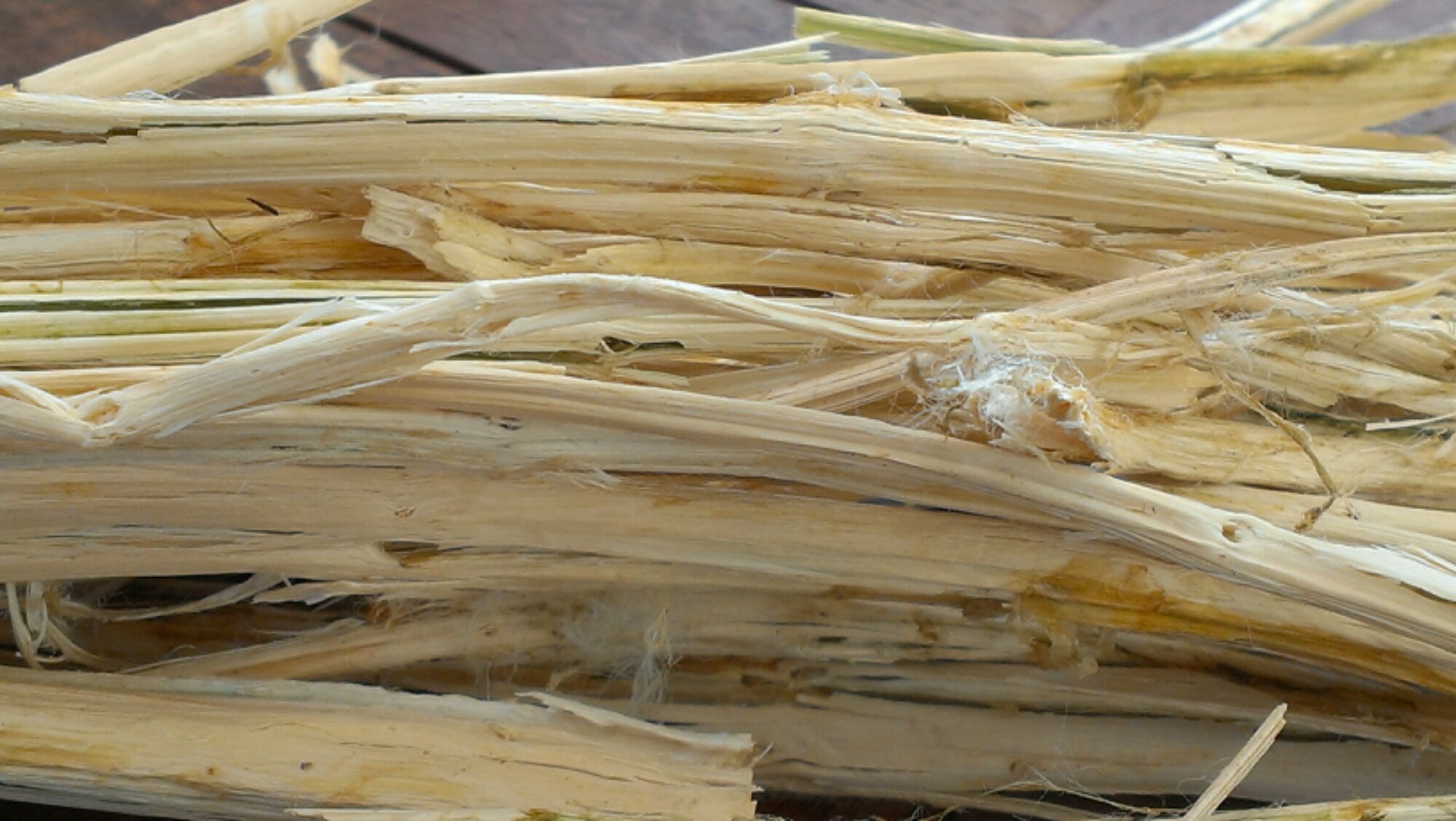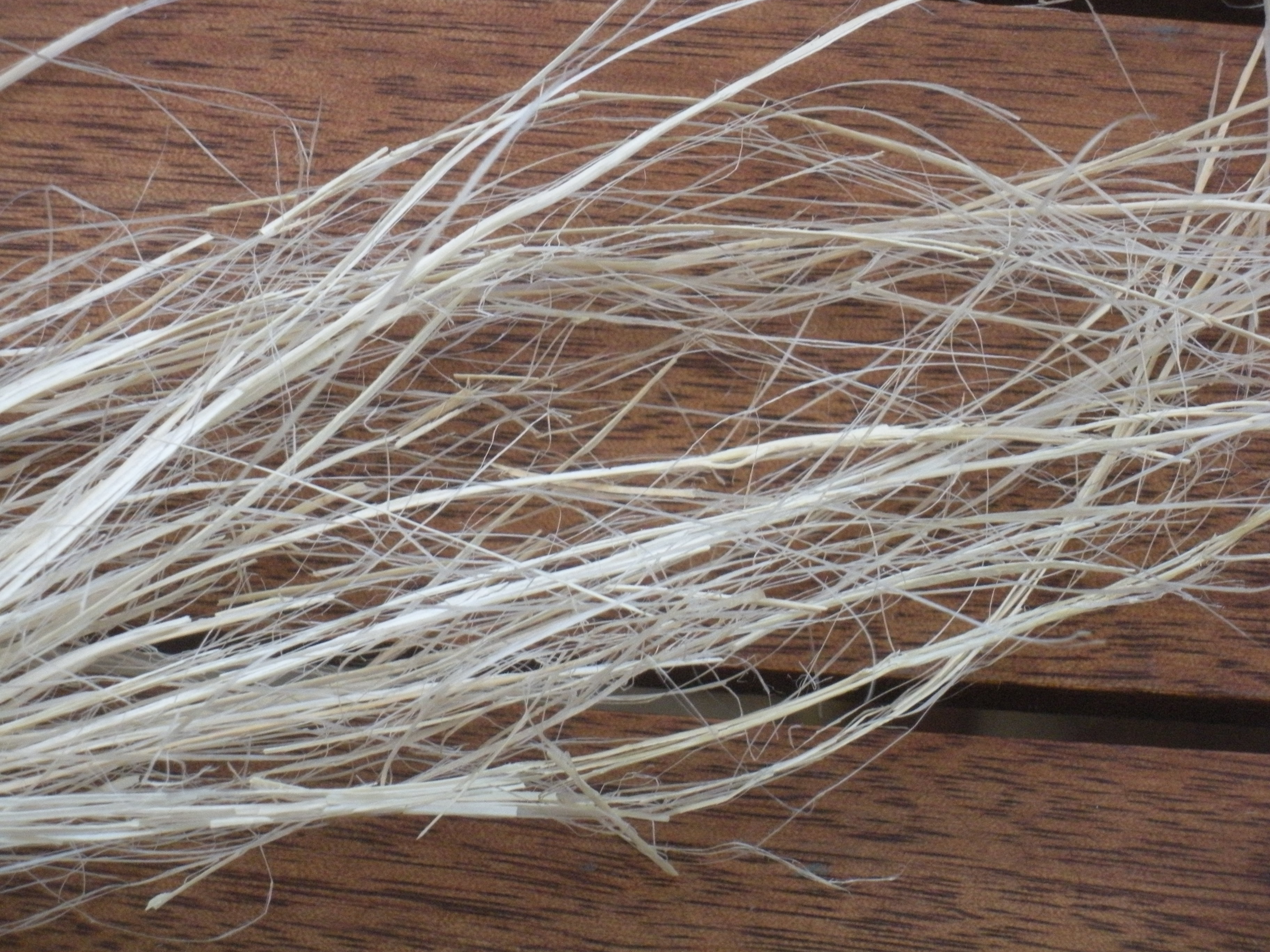Bast fibre
The phloem is the living tissue under the bark of trees and other woody plants (secondary phloem ). This fabric wicks in water dissolved nutrients - sucrose ( as a transport form of glucose), ions, phytonutrients - from the crown to the roots; rarely in the reverse direction (the transport from the roots to the crown is usually completed over the sapwood ).
The phloem consists of Siebröhrenzellen ( which form the sieve tubes ), companion cells, bast fibers and memory cells. Therefore, the Bastgewebe of a living tree is moist and very soft in relation to the wood and bark, but always tough and very resistant.
The phloem fibers are flexible, long cells to which softer fibers build up (eg in flax or hemp). The corked Bast forms the protective layer of the stem axis and root in plants.
History
Bast fibers of trees (especially oak, linden, willow and elm) have been used in the Mesolithic for coarse meshes, nets, cords, ropes and textiles.
The by " roasting ", a method for recovering the resistant fibers, treated raw materials processed were found in the circum- wet soil settlements of the Neolithic. From the Cortaillod culture and the culture Egolzwiler particularly Eichenbast is narrated from the Corded Ware especially lime bark.









